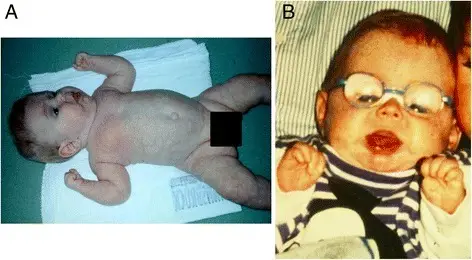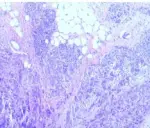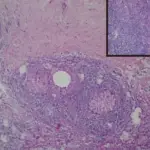Congenital nipple inversion is a condition in which the nipple is retracted inwards, rather than pointing outwards.
What is the Pathology of Congenital Nipple Inversion?
The pathology of congenital nipple inversion is:
-Etiology: The cause of congenital nipple inversion is a benign congenital maldevelopment. Faulty developmental patterns in the mesoderm fail to raise the nipple above the areolar plane.
-Pathogenesis: The sequence of events that lead to congenital nipple inversion is the milk ducts that don’t fully develop or the nipple base that remained small while in the womb.
-Morphology: The morphology associated with congenital nipple inversion shows that the projection of the inverted nipple lies beneath the areolar plane.
How does Congenital Nipple Inversion Present?
Patients with congenital nipple inversion present with inverted nipples.
How is Congenital Nipple Inversion Diagnosed?
Congenital nipple inversion can be diagnosed with a physical exam.
How is Congenital Nipple Inversion Treated?
Congenital nipple inversion can be treated with non-invasive techniques. Methods mainly involve using devices to create suction on the nipple-areolar complex to protract the nipple and maintain the protraction.
What is the Prognosis of Congenital Nipple Inversion?
The prognosis of congenital nipple inversion is good.



